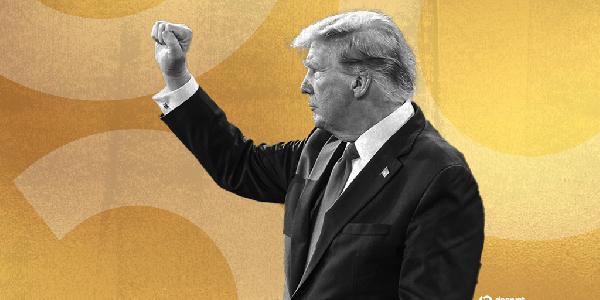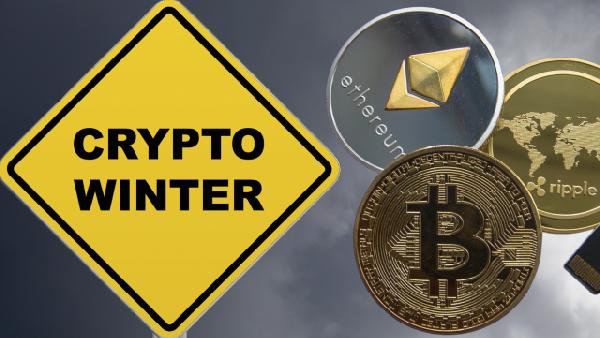A member of the Federal Reserve Board of Governors says the central bank should slash interest rates by the next Federal Open Market Committee (FOMC) meeting, which is scheduled for July 29th.
In a recent speech given at New York University, Fed Governor Christopher Waller provided three main reasons that the Fed Funds Rate should be reduced by 25 basis points (bps) immediately, rather than remain paused at 4.25 to 4.50.
-->The economist addresses tariffs, labor markets and a “host of data” that suggests that GDP will continue to be low.
On tariffs, Waller said they are not as inflationary as most believe, and will likely only lead to a “one-off” surge in prices rather than a sustained climb in inflationary pressures.
Waller says a rate cut now rather than months down the road, as most FOMC members are aiming for, would front-run an otherwise cooling economic climate in the US.
“I also believe – and I hope the case I have made is convincing – that the risks to the economy are weighted toward cutting sooner rather than later.
If the slowing of economic and employment growth were to accelerate and warrant moving toward a more neutral setting more quickly, then waiting until September or even later in the year would risk us falling behind the curve of appropriate policy.
However, if we cut our target range in July and subsequent employment and inflation data point toward fewer cuts, we would have the option of holding policy steady for one or more meetings. For this reason, I believe it makes sense to cut the FOMC’s policy rate by 25 basis points two weeks from now.”
Waller also says he’s not expecting a rebound in GDP in the second half of 2025, and based on current forecasts, he’s more so looking for an annual GDP growth of around 1, which would be down from 2024’s 2.4.
“Given the ups and downs of monthly indicators of GDP this year, we can best get a view of the performance of the economy by combining the first and second-quarter numbers. With the data in hand, estimates suggest that real GDP increased at an annual rate of about 1 percent in the first half of this year, compared with 2.8 percent in the second half of 2024.
That comparison is important not only for the extent of the slowdown, which is considerable, but also because it is well below most estimates of the potential growth rate of the economy. Based on forward-looking indicators, I don’t expect a rebound in the second half – in fact, most forecasts suggest that real GDP growth will remain around 1 percent at an annual rate.”
Follow us on X, Facebook and Telegram








